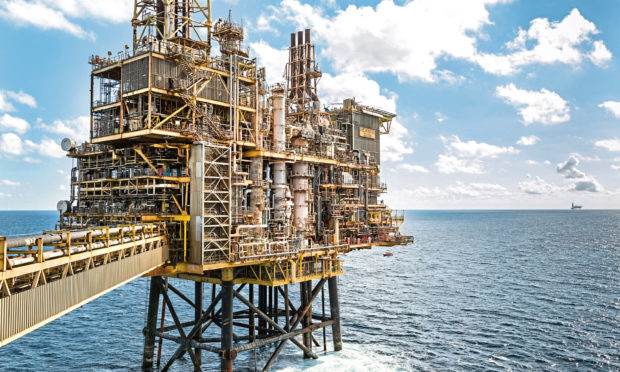The North Sea is often presented as Scotland’s Klondike.
In actuality, the early years of concentrated activity on the UK Continental Shelf in the 1960s saw more of trickle than a torrent of oil recovered.
But with the discovery of Brent, Forties, Brent, Montrose and other fields, the Klondike rush arrived.
Almost overnight, the North Sea became one of the most important oil and gas plays on the planet.
This week, oil supermajor Shell marked 50 years of operations in the North Sea.
That’s a timeline that has seen it live through the economic boom and bust which comes with playing in a globally important marketplace.
It is a timeline that has seen it live through – and in some cases lead –incredible innovation and technical advancement.
And it is also a timeline which has seen the energy sector come under increased scrutiny over environmental and safety standards – not least following the Piper Alpha disaster which devastated the Occidental Petroleum (Caledonia) platform in 1998.
In recent years, the North Sea has found itelf under renewed economic pressure – and many loyal workers have paid for that with their jobs.
But what has emerged is a much leaner and stronger industry and one with the technical know-how to drive the energy sector forward for decades to come.
In Shell’s case, it is talking about operational horizons in the North Sea of another 50 years.
That’s incredible given so many people have been writing off the North Sea as a busted flush for years now.
But what is inevitable is there will come a day when the North Sea’s reserves are depleted.
The UK already invests in alternate forms of energy — wind, tidal, solar, nuclear to name but a few — but those efforts must redoubled.
In an economy where demand is only likely to grow, we must harness the technical nous built up over decades in the North Sea and innovate relentlessly.
Creating a renewables-based, carbon neutral economy with enough capacity to keep the lights on is no small task.
It is not an easy one either.
But neither was tapping huge undersea oil reserves — and yet those North Sea pioneers managed it successfully.
In 50 years time oil will still be a constituent part of the global economy – of that I am sure.
But we should be aiming to make it as small a part as possible.
That’s the headlong rush of progress.
